What To Plant In The Pacific Northwest This April – Plus Key Garden Tasks
Discover important gardening tasks and key crops and shrubs to add to your garden this April in Oregon, Washington, Northern California, and British Columbia.
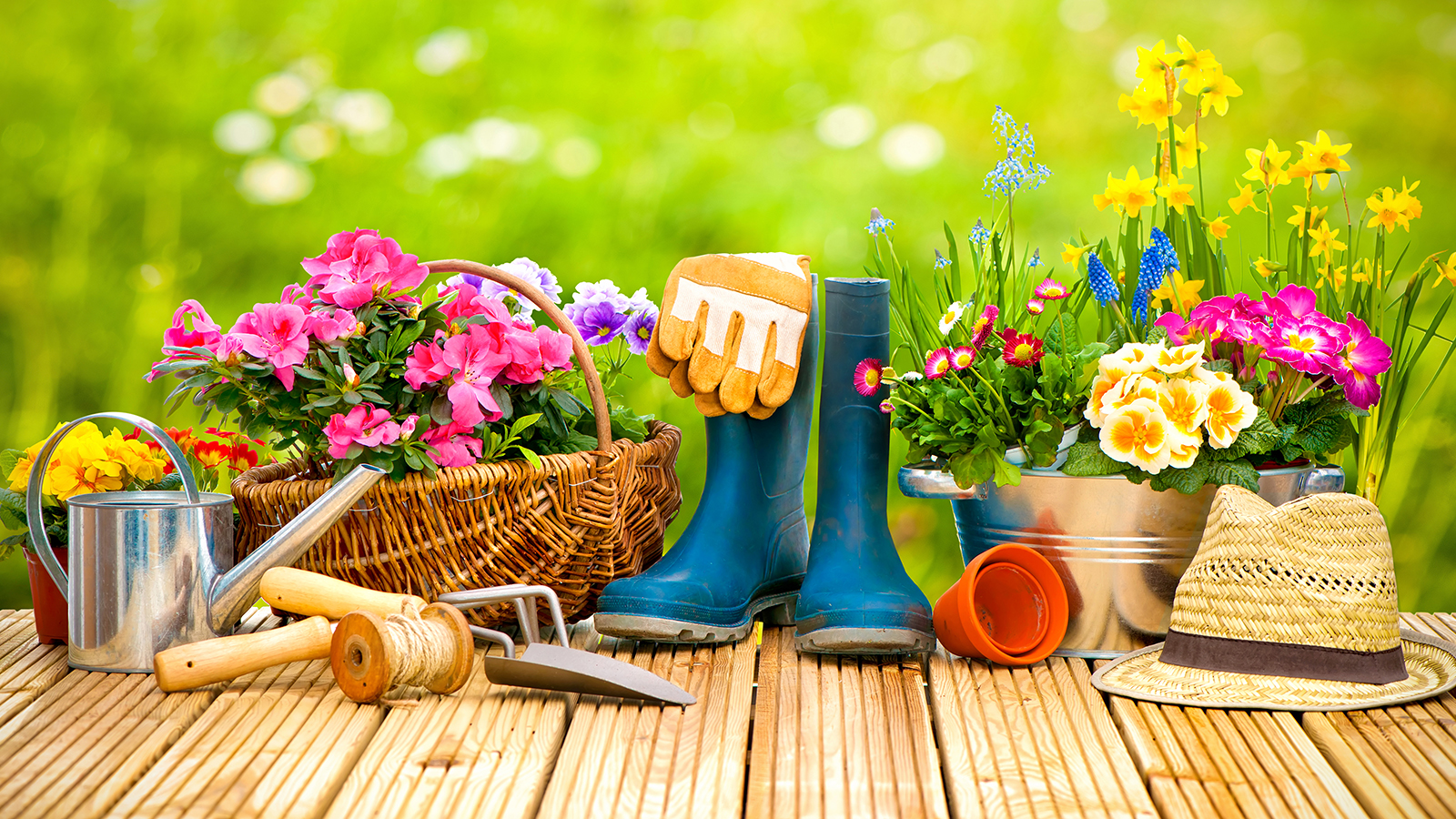
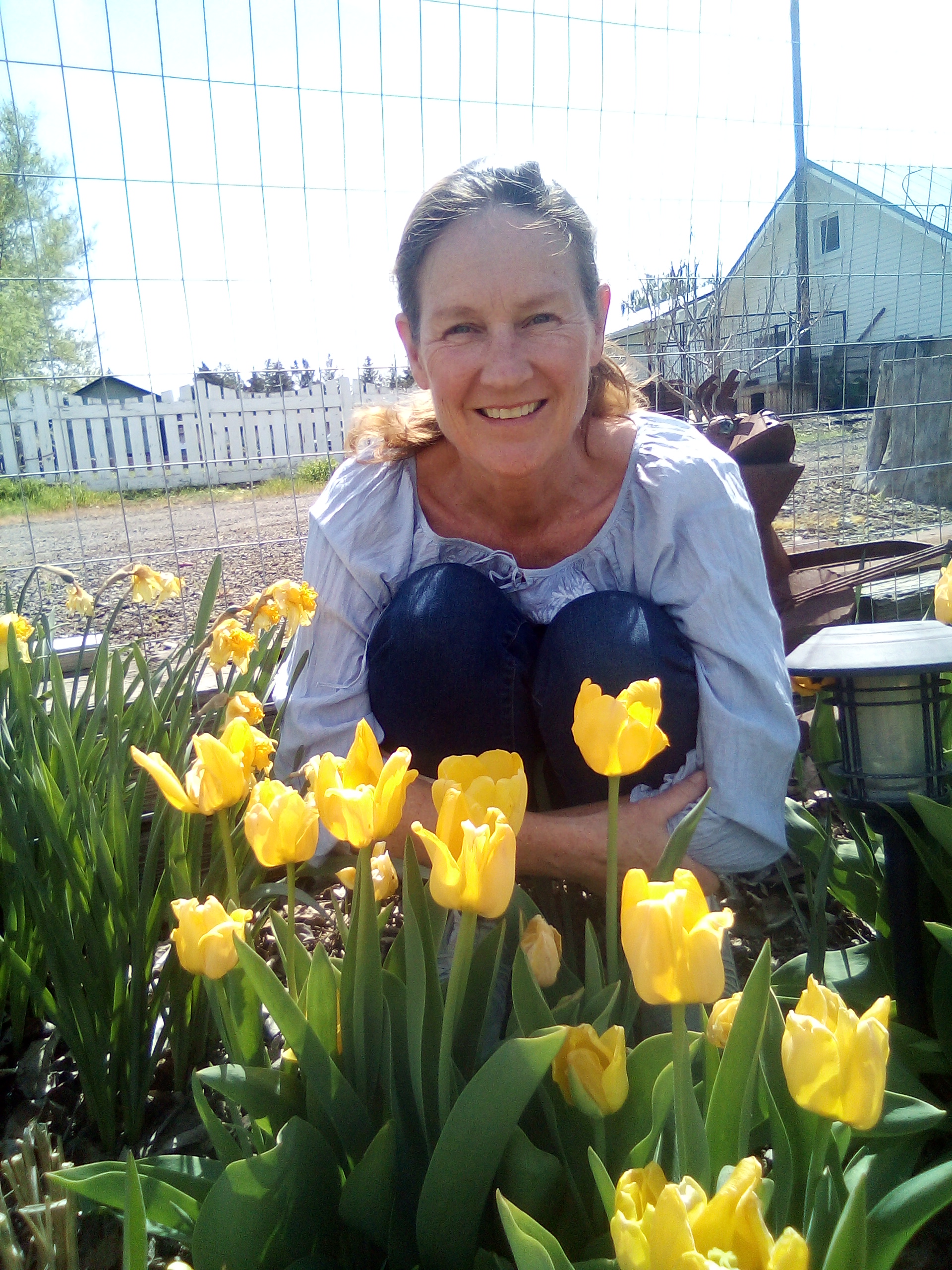
The Pacific Northwest is characterized by primarily temperate conditions, although a few areas have very hot summers and deeply cold winters. The area runs the gamut when it comes to soil conditions, elevation, and other factors. These conditions affect what can be planted – particularly in early to mid-spring, when our gardens are starting to come back to life.
Encompassing Northern California, Oregon, Washington, and flowing up into British Columbia and the Yukon in Canada, the Pacific Northwest is a diverse region. Each of these areas has sections that abut the ocean and include mountain ranges. Such a varied collection of terrain means there are fairly large discrepancies in UDSA zones, which dictate the suitability of perennial plants and trees you can grow in your area.
To be successful in spring planting, you must understand your zone and know your last frost date, as many tender annual plants and vegetables won't survive a late cold snap.
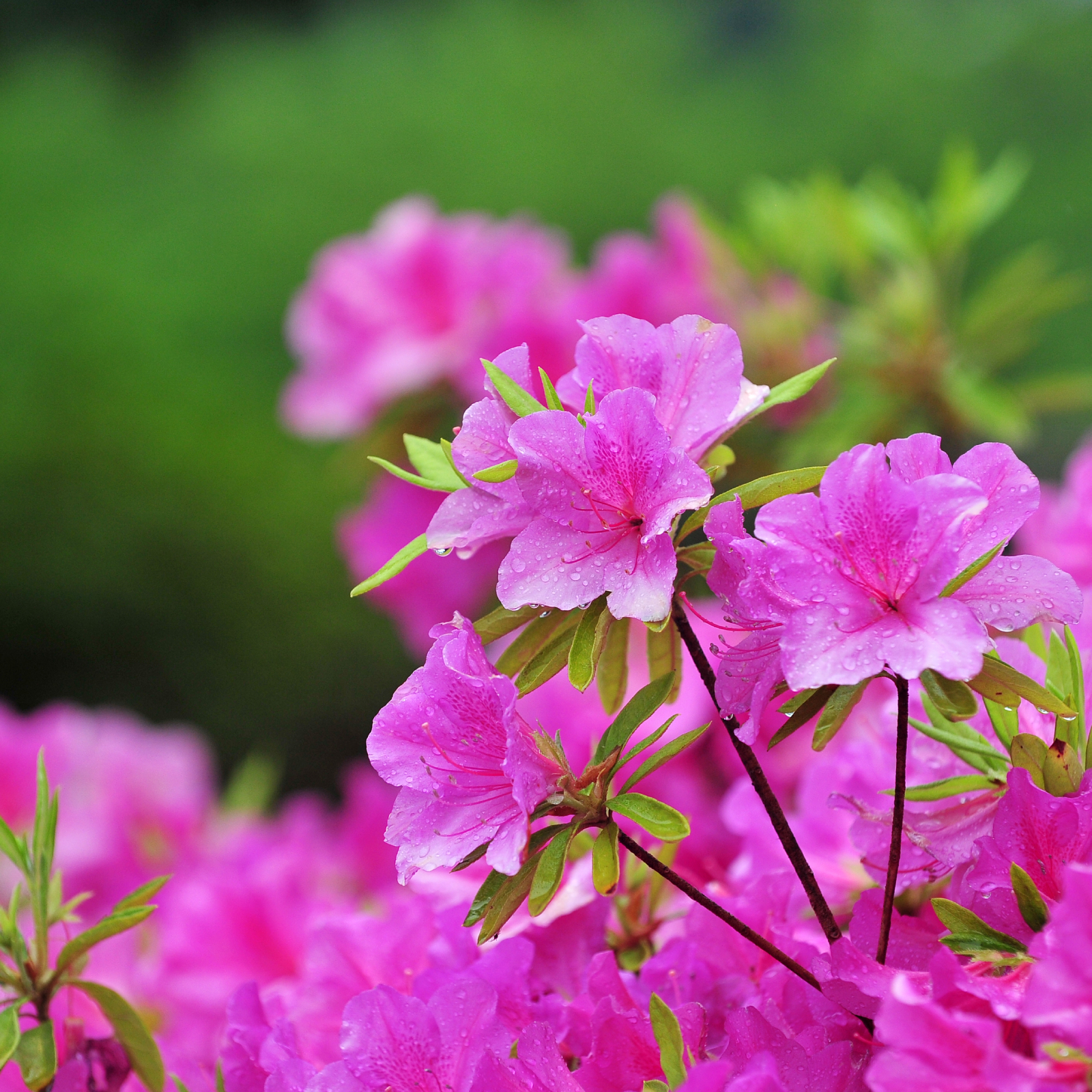
Browse our handpicked selection of stunning shrubs and perennials that are sure to be stand-out performers in Pacific Northwest gardens.
Pacific Northwest USDA Zones
In the Pacific Northwest, USDA hardiness zones span 6 to 9, but there are some areas where it is zone 4. This means it is difficult to pinpoint exact timings for the whole region in spring.
For instance, Washington state has three very different regions. The west side of the state is mild through winter, and the soil warms early in spring. The mountain range warms much more slowly, and snow will persist well into spring and even early summer. And finally, the eastern part of the state is almost desert-like and boasts deeply freezing winters with burning hot summers.
We can, however, do an umbrella list of when to start spring chores and planting. Just note that your particular zone may require a later or earlier start. Pay close attention to seed packet information. Spring chores can start as soon as it is comfortable to work out of doors, but planting may have to wait in some zones.
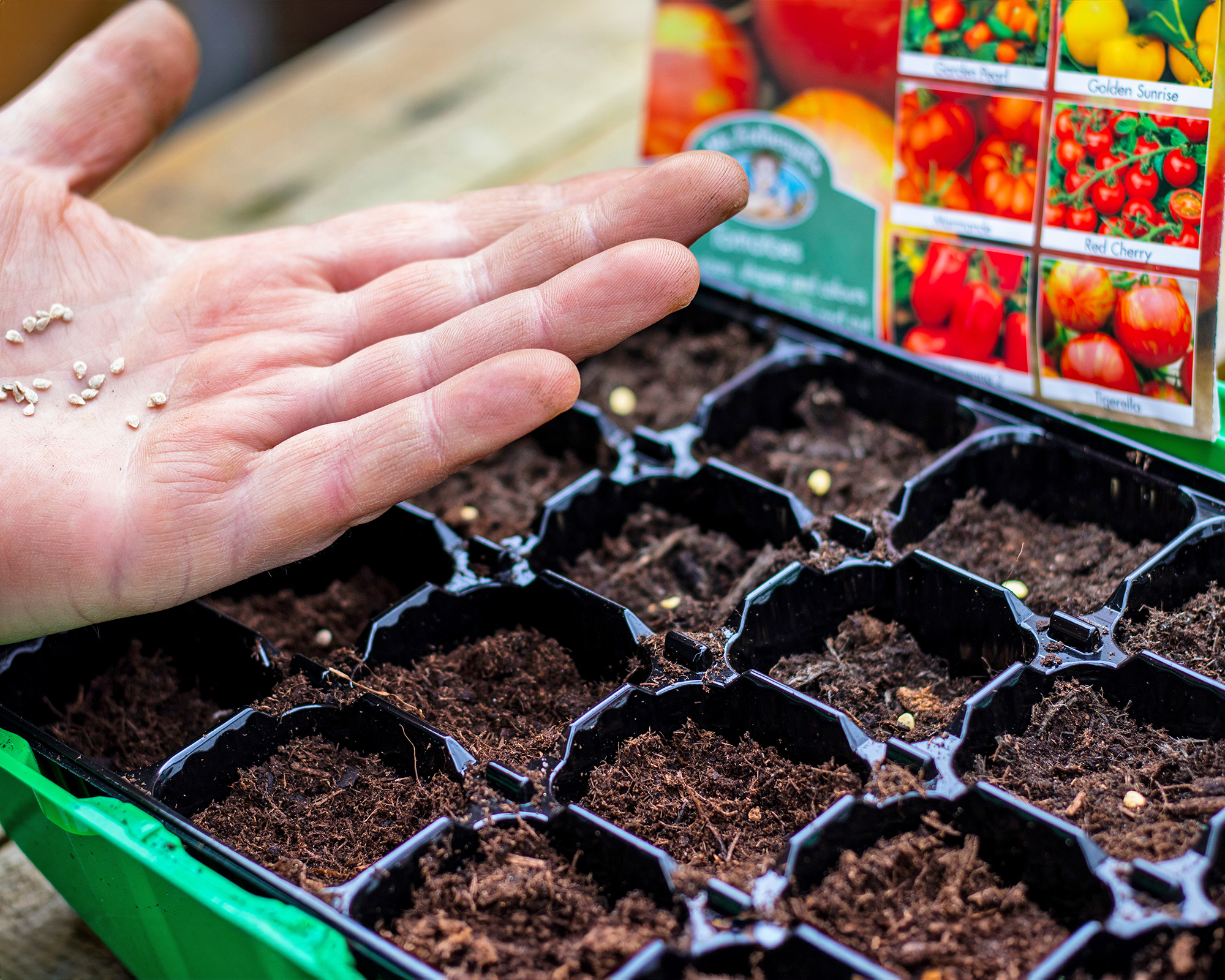
Garden Chores for April
- Now is the time to finish any garden cleanup. That is especially important in the vegetable garden where left over plant material can harbor pests and disease.
- Sharpen and clean your garden tools. Sanitizing your tools can help prevent the transfer of disease. Sharp implements will cause less injury when pruning and deadheading.
- Amend your soil where this is needed. Incorporate well-rotted manure or compost into the soil to a depth of at least 6 inches (15cm). A soil test can help determine what other amendments, such as sulfur or lime, are needed.
- It is probably safe to begin pulling mulch from around certain plants. Anything that you covered for winter with mulch should be freed from the stuff so new sprouts can come up easily.
- It may be a bit early to determine if plants survived the winter, but you should start checking on them. Prune out any damaged stems and branches.
- Fertilize your lawn with slow-release granules. It is also not too early to get a jump on those perennial weeds with manual action.
- Fertilize your acid-loving plants, as well as use an all purpose formula on others. Use a slow-release formula that will last all season long.
- Prune and divide your perennials. Not all will need division, but it is good practice to divide them every three years or so. Dig them up and use a soil saw or similar device to cut the main body into sections, ensuring each portion has plenty of roots.
- Cut back ornamental grasses to 6 inches (15cm). These will begin producing new leaf blades soon which would be overshadowed by the old dead leaves.
- Go through raspberries and other cane berries and cut out the old and dead canes. This will allow new canes room to grow and improve air circulation. It is also a good time to reestablish growth support.
- Set out cool-season starts to harden off and then plant.
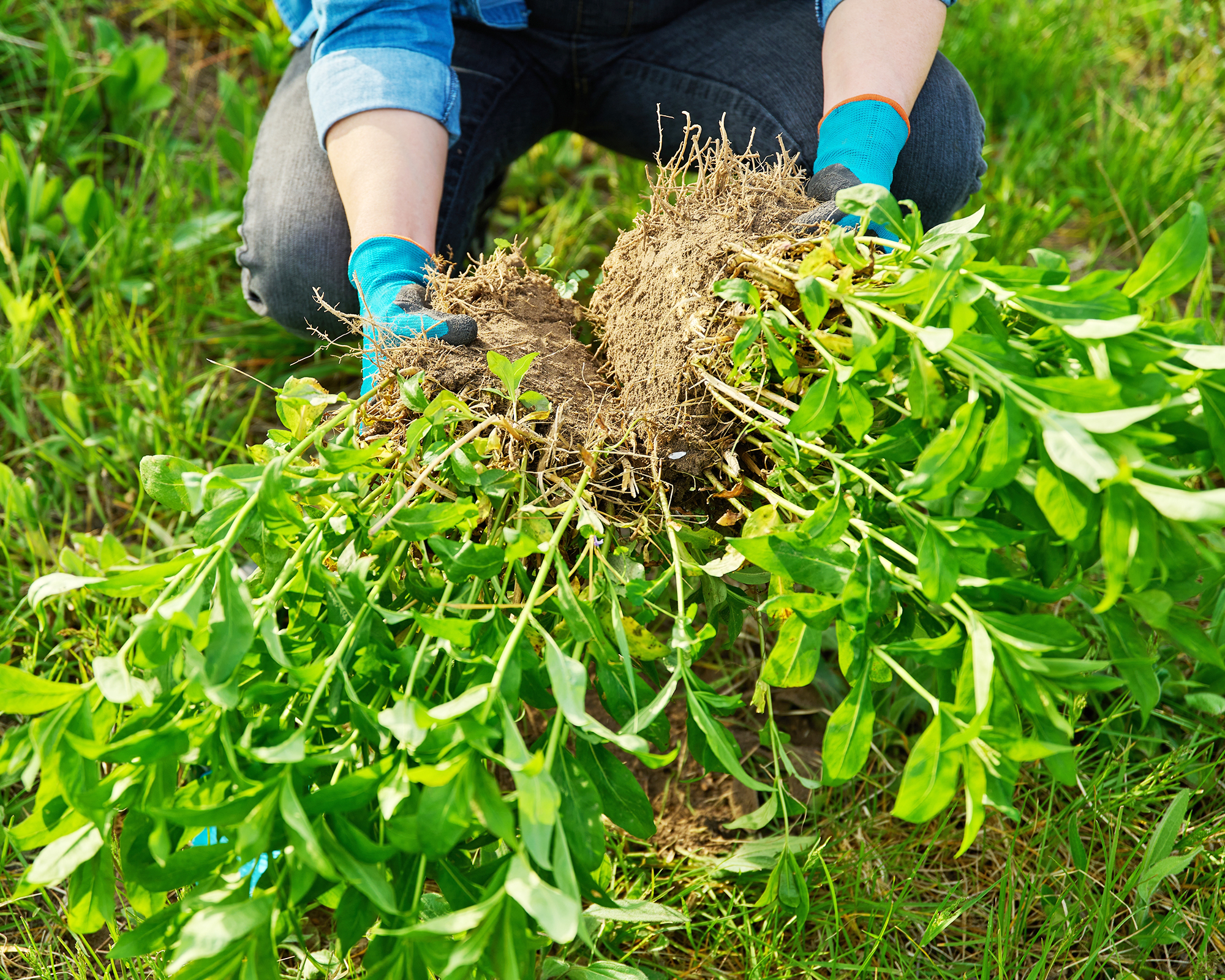
What to Plant in the Pacific Northwest in April
- Now is the best time to install bare-root plants. These plants will establish best if planted before soil temperatures rise too much.
- If necessary, move any plants to their final destination while they are still dormant. Plants that were heeled in can also begin to join the garden with a nice layer of mulch around their root zones to protect them from spring freezes.
- Start seeds indoors that will be planted outside after the last frost date. The general rule is to start seeds 6-8 weeks prior to the last frost.
- Plant available annuals like pansies and primroses. If you didn’t get spring bulbs in the ground in the fall, purchase those that have been given a chilling period and plant those now.
- Plant asparagus crowns. They will need a full-sun location in well-draining soil.
- If you didn’t plant garlic in the fall, you still have the option. In temperate regions, you can still get a decent crop with spring-planted bulbs.
- Plant potatoes. These are generally planted in mid-March, but it isn’t too late to get them started. Chit the potatoes for best results. This is usually done four weeks or more before planting. Set the seed potatoes with the eyes facing upward in a cool, bright location until the eyes sprout.
- Direct sow seeds for cool-season crops.

Plants to Direct Sow in April
Your seed packet will have a little map on it that delineates when to sow each variety by zone. Cool-season crops will still germinate even when nighttime temperatures are cool and can be directly sown outside. Some of these crops are:
Gardening tips, videos, info and more delivered right to your inbox!
Sign up for the Gardening Know How newsletter today and receive a free copy of our e-book "How to Grow Delicious Tomatoes".
- Asian greens
- Broccoli
- Cabbage
- Cauliflower
- Chard
- Collard greens
- Fennel
- Kale
- Kohlrabi
- Snow peas and sugar snap peas
- Spinach
You can even begin to direct sow many root crops, provided the soil is workable deep down:
Early April is also when you should plant out your onion sets. Plant leek seeds now for a fall harvest. If you get them in early in the month, shallots may also still be planted.
Several herbs can be started directly from seed in April:
The Gardening Know How Shop offers a range of seed-starting essentials – including seedling trays, drip-irrigation lids, humidity domes, and growing kits. Alternatively, choose from our hand-picked collection of seeds to plant your best ever garden.
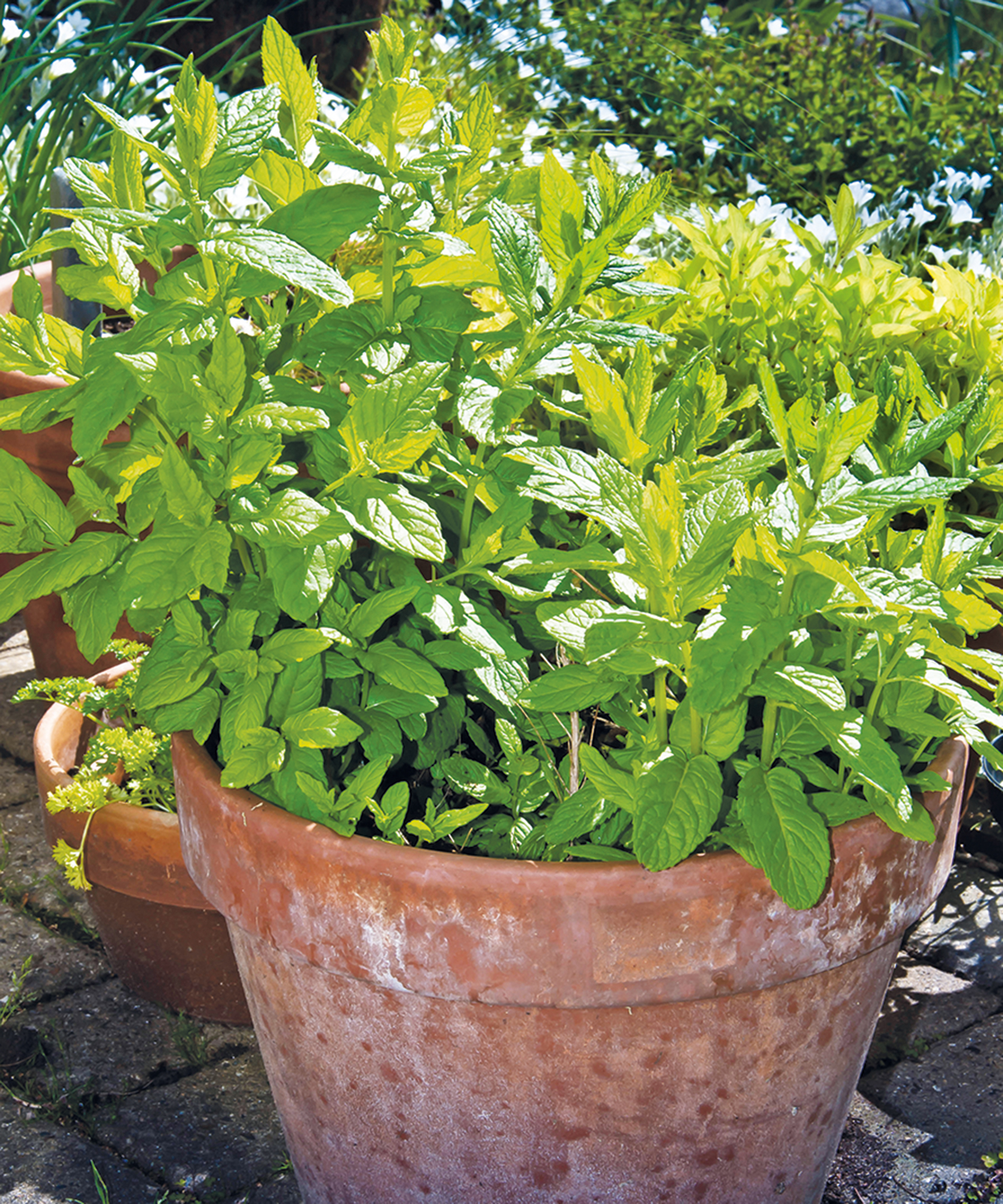
Protecting Early Crops in April
One thing you will need to watch for as the seeds get ready to sprout are birds. They are foraging for food and will pull up seedlings and eat certain seeds. Use seedling bird protection measures like bird netting, repellents, and physical scary tactics like fluttering flags to keep them from the veggie patch.
Another problem is snails and slugs. They love to snack on baby plants. I save my toilet paper rolls and make a collar around tender young seedlings to keep these mollusks away. Slug beer traps are also effective.
A late frost is a potential threat in spring. Who knows what Mother Nature will do in this most volatile of seasons? Mulch around plants to protect the root zone. Use DIY cloches, or plant in a cold frame where possible. Have on hand some wire hoops and frost barrier fabric to erect a quick DIY hoop house if the weather forecast indicates a freeze.
Keep the soil around plant roots moist since damp soil stays warmer than dry soil. Weed frequently to keep competitive plants away from your seedlings. If deer or rabbits are a problem, erect a fence or use repellents to prevent their browsing.
As the seeds sprout, it is necessary to do that dreaded chore, culling. Learn how to thin seedlings to a distance that they will still have air circulation between mature plants. Don’t throw the thinnings away. Many of these, especially leafy plants, are edible, and tasty tossed into a salad.
After your seeds have developed two sets of true leaves, feed them with a fertilizer diluted by half. Transplants should be fed two to three weeks after they are installed in the ground.
If you planted cool-season crops earlier, you could be harvesting asparagus, greens, radishes, and snow or sugar snap peas this month.
More Gardening Inspiration
- As well as our recommended plants for April, you can also grow our Pacific Northwest plants for March.
- The Gardening Know How Shop now sells tools! Check out our range of high-quality carbon-neutral tools.
- Discover the 10 flower seeds to Sow in April for a sea of stunning blooms through summer and fall.
- Get sowing outdoors or start seeds inside with these 7 best vegetables to plant in April for a bumper summer harvest.
- Sign up for the Gardening Know Newsletter to receive growing tips and exclusive offers straight to your inbox.
This article features products available from third party vendors on the Gardening Know How Shop.

Bonnie Grant is a professional landscaper with a Certification in Urban Gardening. She has been gardening and writing for 15 years. A former professional chef, she has a passion for edible landscaping.
-
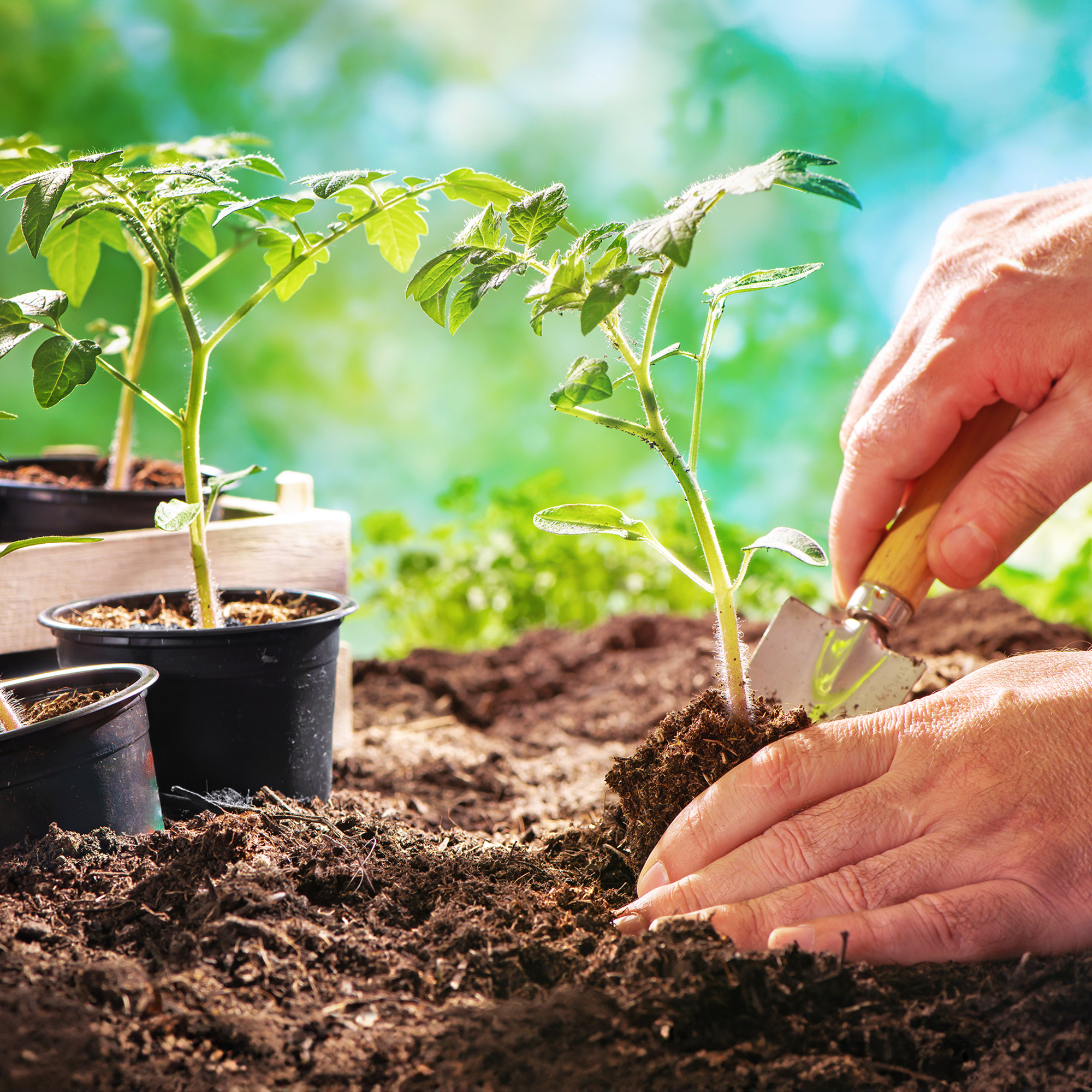 Best Soil Tor Tomatoes: How To Cultivate The Perfect Blend & Add Amendments For A Bountiful Harvest
Best Soil Tor Tomatoes: How To Cultivate The Perfect Blend & Add Amendments For A Bountiful HarvestGive your tomato plants the foundation they need. Learn how to mix the ideal soil and choose the right amendments for your most abundant harvest yet.
By Amy Grant
-
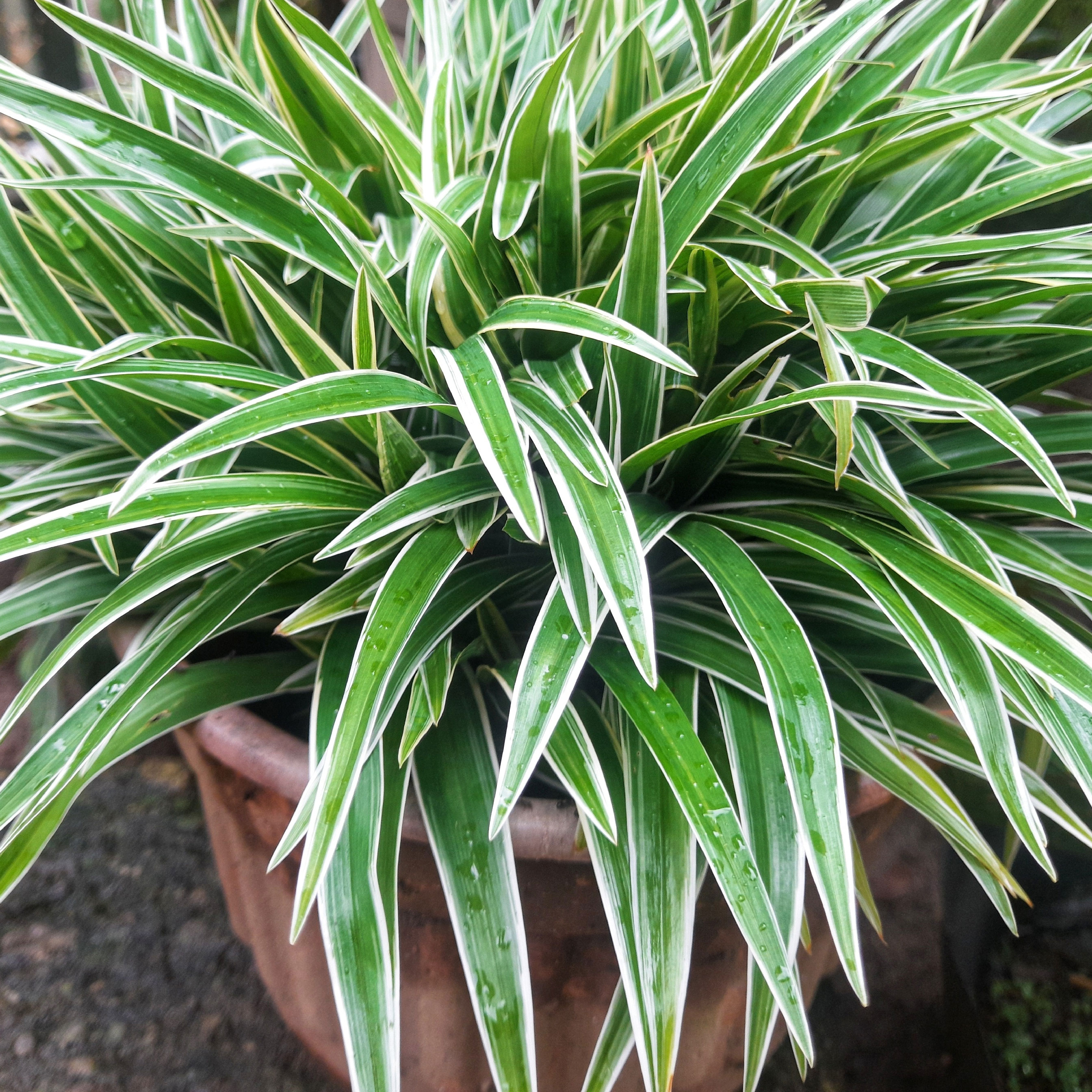 Want To Know How To Make A Spider Plant Bushier? 4 Secrets For Lush & Bushy Spiders
Want To Know How To Make A Spider Plant Bushier? 4 Secrets For Lush & Bushy SpidersAre you looking for ways to make your spider plant look bigger or more dramatic? Follow these quick and easy tips on how to make a spider plant bushier
By Teo Spengler